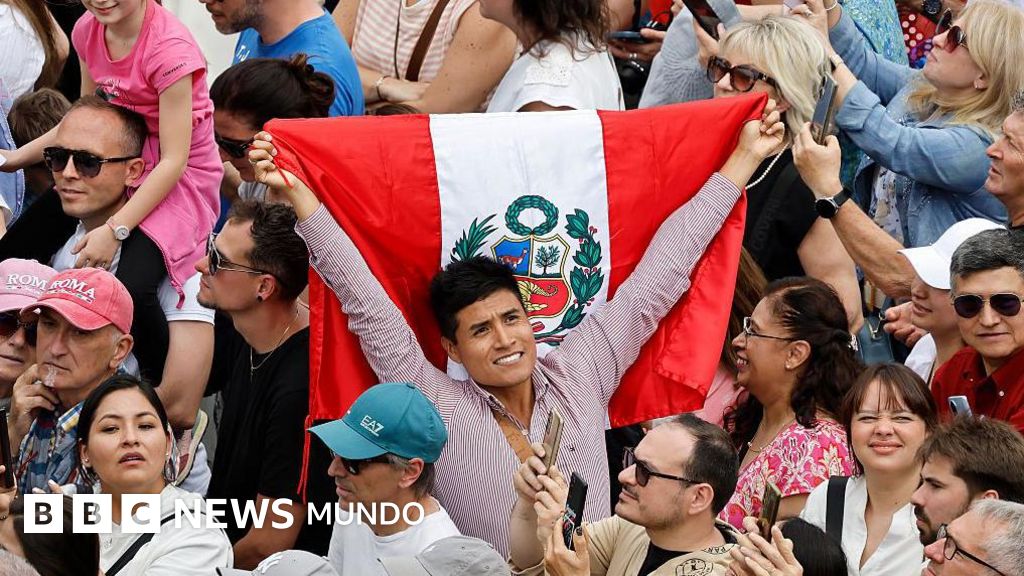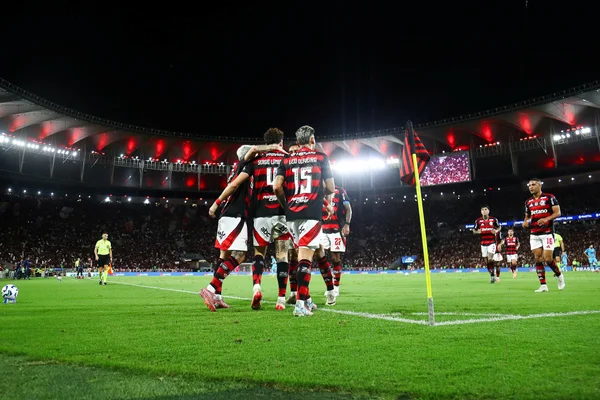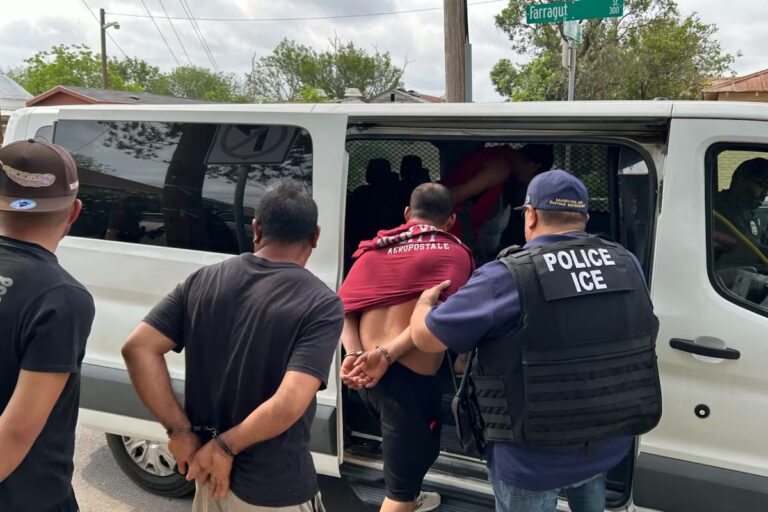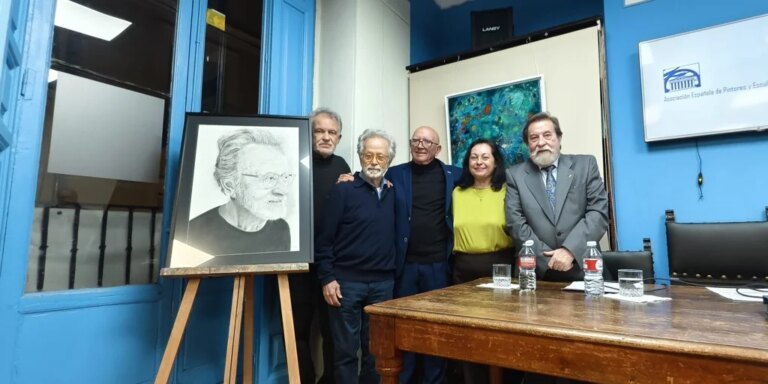
image source, Getty Images
Do Tupac Amaru’s rebellion, Peruvian independence, the conquest of the domestic women’s vote, or the expansion of the Peruvian state into the Amazon have anything in common?
The first answer might be that they are all instances of related episodes in Peru’s history, but an equally valid answer would be that in them all there were global forces that had a decisive influence on their historical future.
Political scientist and analyst Alberto Vergara (Lima, 1974) edited the collective volume Peru Global, published by Planeta Publishing House. This book is an effort by researchers from Peru and abroad to uncover the most relevant external forces acting on Peru’s historical processes, and is a work that helps raise awareness of something that is often underemphasized in Peru: the global dimensions and influences of history.
From the arrival of Chinese immigrants in the 19th century to fill plantation labor shortages caused by the abolition of slavery, to the role of American feminists in gaining the right to vote for Peruvian women, to the way the figure of Andean rebel Tupac Amaru became a symbol championed by African American rappers.
“Global Peru” is all about connecting Peru with the world.
BBC Mundo interviewed Vergara while attending the Arequipa Hay Festival.


image source, Maria Eugenia Vasquez
He coordinates books by several authors about the influence of external global forces on countries like Peru, which sometimes gives the impression of being too self-absorbed and focused on domestic issues. Is Peru looking abroad?
However, this book covers a series of historical episodes and processes that were decisive in shaping Peru’s reality, and explains how external forces exerted a decisive influence.
We set up a project to write a global Peruvian history that overcomes the rigid traditional divisions between universal and national history that exist in history taught in schools in Peru and many other Latin American countries.
We walk through school and university classrooms and observe these two worlds as if they were waterproof compartments that never touch each other. And in recent years, there has been a boom in something called global history. This is an effort to somehow dilute the differences and see the national story told from other spatial reference points.
This proposal seeks to tell an international story of a country that is not bound or limited by national boundaries, but rather analyzes the characters and episodes of that country from the perspective of interactions and negotiations between the country and the world.
The book explains from Peru’s very origins as a nation since its independence, to events such as the invasion of Spain by Napoleon’s French forces, and how figures such as the Venezuelan Simón Bolívar and the Argentine José de San Martín have been heavily associated with Peru. Are these external influences given due weight in the creation of the country of Peru?
I think they are being considered, but perhaps not included in a more collaborative view. The origins of Peru are mentioned, but in reality, the conquest from the first moment was also a meeting of two figures representing two empires, like Atahualpa and Pizarro, which, if you abuse the word, can be called transnational. Even earlier, in 1528, when Pizarro first arrived in Peru and sent some men to explore Tumbes, two African slaves disembarked from his ship.
The book also covers pre-Columbian cultures that were wiped out by climate change and ocean currents. In short, none of them originate from the world of nations. It all has to do with the more global aspects of history.
While the role of San Martín and Bolívar in Peru’s independence is widely assumed in the national anthem, there are a series of local processes that are rather less well-known and not part of the national narrative.
Between 1812 and 1815, a series of pro-independence revolts occurred, mostly in the mountains of Peru, which corresponded to some extent with what was happening on the continent, and all were suppressed. The Lima Viceroyalty managed to finish them off. However, it is interesting that another aspect of independence is much more accepted.
We should give space for building historical memory to these liberation attempts, which failed at the military level but were distinctly national.

image source, Provided by Planeta Editorial
One of those attempts was Tupac Amaru’s. The book tells how he failed in the 1780 revolt against Spanish rule but succeeded in becoming a symbol of modern-day Peru’s transnational borders. How did he become a figure claimed by so many different people internationally?
It is a chapter written by Charles Walker that first shows how Tupac Amaru is part of the era of the Atlantic Revolution. But on the other hand, despite the desire to erase it completely, it traces how Tupac Amaru, his family, and his figure of rebellion became a symbol of Latin America.
It has been passed down in Latin America as a series of plays, poems, and films. So does the famous American rapper Tupac Shakur (whose mother named him in honor of the Andean rebels).
Obviously, this has little to do with the initial context of this uprising, but rather the gradual construction of international symbols based on concrete national experiences.

image source, Raymond Boyd/Getty
All official histories, national narratives, contain uncritical glorification, and this book focuses on some of the things that were done in the case of Peru, such as the idealization of the abolition of slavery. , in fact in Peru this was a slow process and was met with resistance from most of the Creole oligarchy that was pushing for independence. Are Afro-Peruvians given the recognition they deserve? Are your stories written correctly?
No, no. Unfortunately, racism and a range of prejudices against Afro-Peruvian people, who have made fundamental contributions to this country, persist.
No historic restoration of these communities has taken place. The second volume of the book, scheduled to be published next year, includes another chapter on the importance of Afro culture in the construction of Peru and its relations with other parts of the world.
And in 2025, what are the forces inside and outside Peru that continue to prevent this from happening, without recognizing the role of another Peru, such as a black or Andean Peru, rather than a formally independent Peru led by Lima?
Some efforts have been made to tell some of those stories. What is not there is a canonical incorporation into the distribution of roles in the national drama in a sense other than second-class citizenship.
It’s not yet built, but it’s definitely something that’s being done bit by bit by the academy, and it’s part of the intellectual and cultural agenda.
Just as the history of these Afro and indigenous peoples of Peru has not received much attention, there are voices today who decry that their descendants are also not receiving the attention they deserve. I argue the following question. What forces will make this equality difficult in 2025?
Clearly, there are asymmetries of resources and power in the figures that do and do not appear in each country’s history. It doesn’t just happen in Peru.
History is dominated by a way of telling that focuses far more on particular political elites than on the disciplines it alludes to.
Yet, since the 1980s, there has been a significant increase in so-called subaltern narratives that focus on the other side’s point of view. Expressions of defeat were used. All this has been the subject of many works in recent decades.

image source, Bill Wassman/Getty
The book also addresses current processes to which Peru appears to be particularly vulnerable, such as climate change. Do you think Peruvians today really recognize the seriousness of this threat and the international actors contributing to it?
The details of the severity of the problem may not be known, but people are aware. He is well aware of the growing water problem on the coast and that the glaciers that once provided water to small farmers have long been melting.
And what about the international actors that influence this? We have seen how the current US government has fundamentally changed policy on this issue. Peru’s repeated political crises and presidential changes can sometimes give the impression that it does not pay much attention to what is happening abroad and what it may affect.
It is characteristic of Latin America. All countries are involved in their own problems, and all countries believe that their problems are unique. Public opinion is very domestic, and the level of awareness of international life is very low.
This book shows how mass international tourism to Machu Picchu has turned it into a national symbol of Peru. His fame contributed to the integration of indigenous and Andean elements into Peruvian identity. But at the same time, there is a need to idealize the Inca past as the lost essence of a primitive, authentic Peru. Is the challenge of defining a modern, republican Peruvian identity that is inclusive and internationally recognized still unresolved?
It has been our national challenge for 200 years. These countries have few cultural characteristics that distinguish them from each other at birth.
It has been our national challenge for 200 years. At the time of independence, the inhabitants of Quito, Buenos Aires, and Caracas pray to the same God and speak the same language. New nation-states are challenged with creating national distinctions that in many cases did not exist.
Although Latin America has succeeded in building national civic communities, this does not necessarily mean that it has created an equal civil community that has the same degree of influence in the public sphere and equally respects rights.
In Peru, it was possible to construct the concept of a nation from symbolic relics such as Machu Picchu. Food has recently become Peru’s most successful nation-building achievement in decades. These cultural and symbolic aspects are necessary to build a national community.
The thing is, I don’t think we should have too much hope for this country. Because while this country is liberating and inclusive, it is also tyrannical and oppressive.

Subscribe here Sign up for our new newsletter and we’ll bring you the week’s best content every Friday.
Don’t forget that you can also receive notifications in the app. Please download and activate the latest version.



